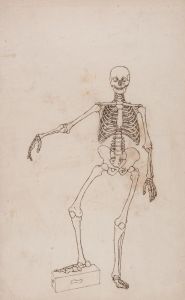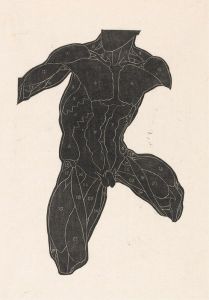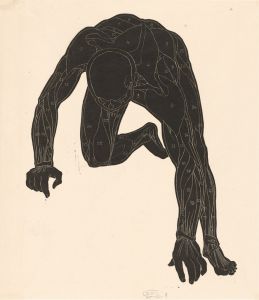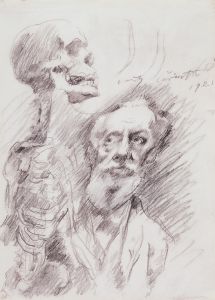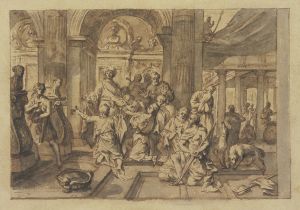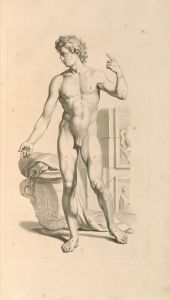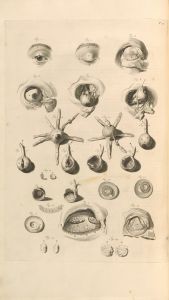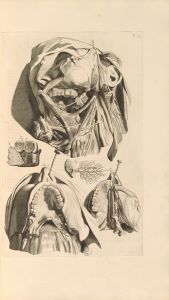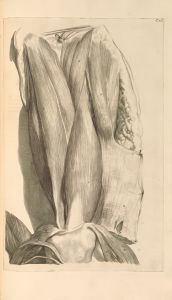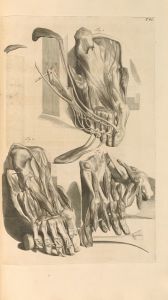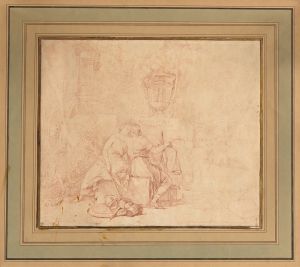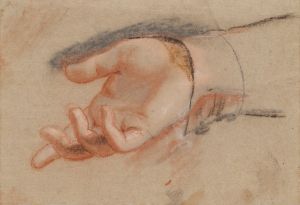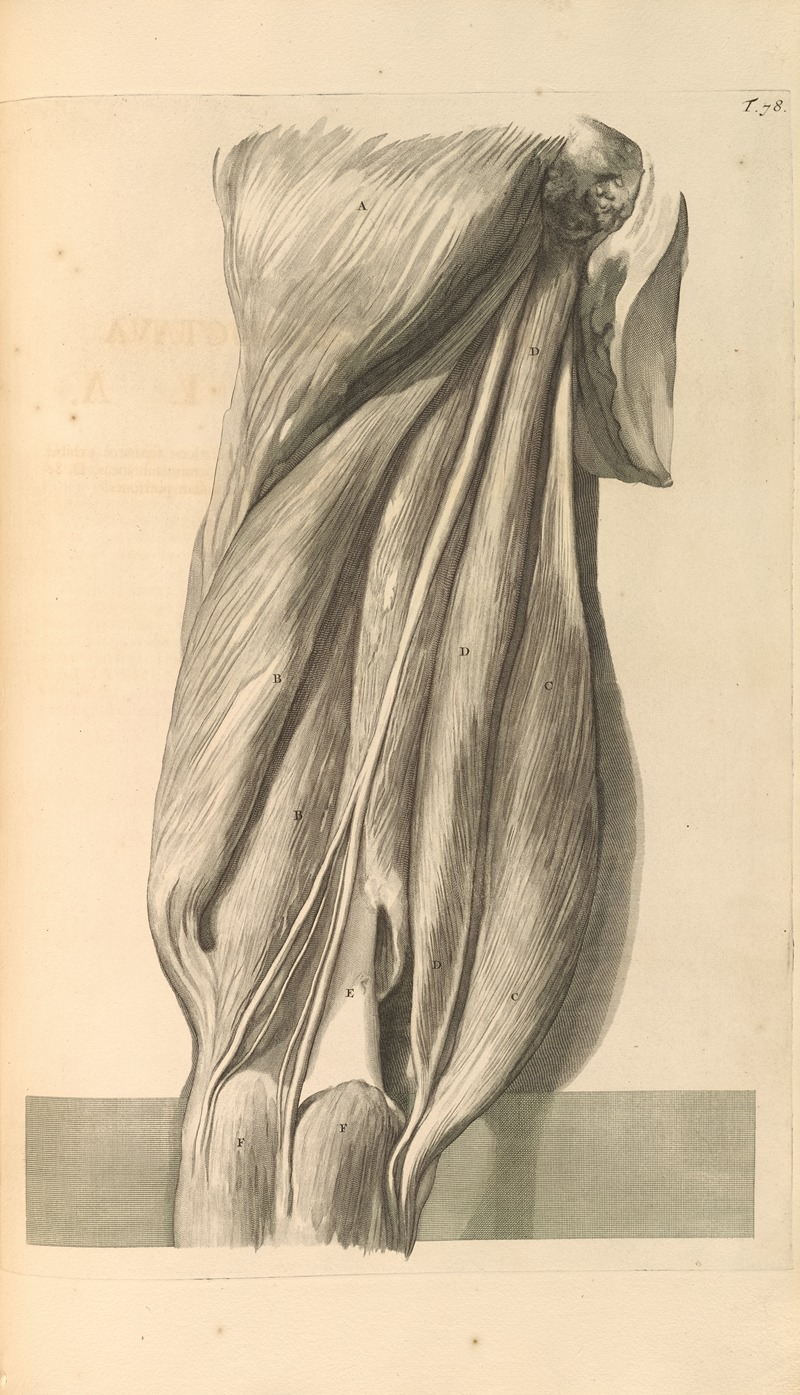
Anatomia humani corporis Pl.079
A hand-painted replica of Gerard de Lairesse’s masterpiece Anatomia humani corporis Pl.079, meticulously crafted by professional artists to capture the true essence of the original. Each piece is created with museum-quality canvas and rare mineral pigments, carefully painted by experienced artists with delicate brushstrokes and rich, layered colors to perfectly recreate the texture of the original artwork. Unlike machine-printed reproductions, this hand-painted version brings the painting to life, infused with the artist’s emotions and skill in every stroke. Whether for personal collection or home decoration, it instantly elevates the artistic atmosphere of any space.
Gerard de Lairesse (1640–1711) was a Dutch Golden Age painter and engraver, known for his classical style and contributions to anatomical illustration. One of his notable works in this field is the illustration titled Anatomia humani corporis Pl.079, which was created as part of the anatomical atlas Anatomia Humani Corporis by the Dutch anatomist Govard Bidloo. Published in 1685, this atlas is considered a landmark in the history of medical illustration due to its detailed and realistic depictions of the human body.
The illustration Pl.079 is one of the 105 copperplate engravings included in the atlas. These engravings were based on dissections conducted by Bidloo and were intended to provide an accurate representation of human anatomy for medical students and professionals. De Lairesse's artistic skill brought a level of precision and aesthetic quality to the illustrations, which were unprecedented at the time. His work combined scientific accuracy with a dramatic, almost theatrical presentation, reflecting the Baroque artistic sensibilities of the period.
Anatomia humani corporis Pl.079 specifically depicts a detailed anatomical study, though the exact subject of this particular plate is not specified here. The illustrations in the atlas often included flayed figures, exposed musculature, and internal organs, presented in lifelike poses that sometimes resembled classical sculptures. This approach was both educational and artistic, aiming to engage viewers while providing valuable anatomical knowledge.
Despite its artistic and scientific merits, the atlas was not widely successful upon its initial publication. Critics at the time argued that the dramatic and sometimes unsettling presentation of the figures detracted from its utility as a medical text. Additionally, the high cost of production limited its accessibility. However, the work gained recognition in later centuries for its historical significance and the collaboration between Bidloo and de Lairesse.
Today, Anatomia Humani Corporis and its plates, including Pl.079, are regarded as important artifacts in the history of both art and medicine. They exemplify the intersection of scientific inquiry and artistic expression during the Dutch Golden Age. Copies of the atlas are preserved in various libraries and museums around the world, where they continue to be studied by historians of art and science.





